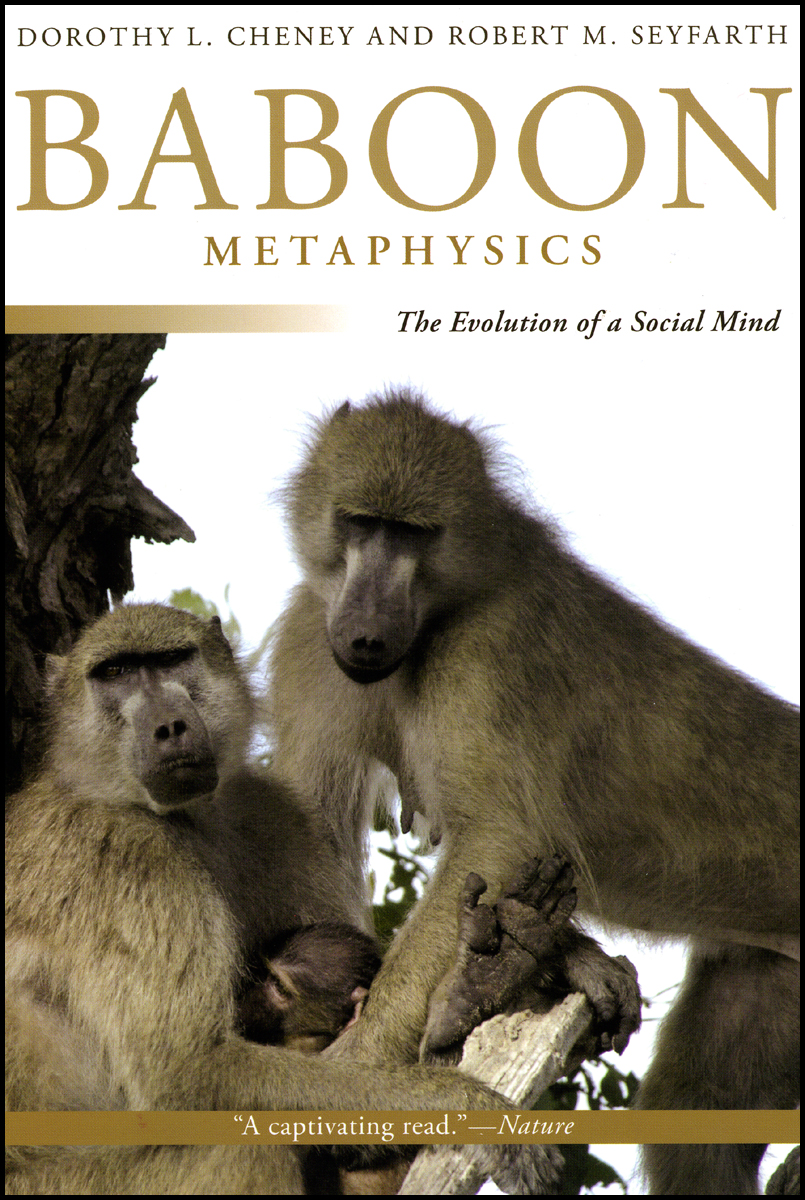Deciphering the secret languages of the jungle
 The science section of today’s New York Times is running an article about animal communication—more specifically, communication among some of our closest primate ancestors like chimpanzees, baboons, and monkeys—that sheds light on some of the recent research scientists have been conducting to decipher the meaning behind their grunts and yells.
The science section of today’s New York Times is running an article about animal communication—more specifically, communication among some of our closest primate ancestors like chimpanzees, baboons, and monkeys—that sheds light on some of the recent research scientists have been conducting to decipher the meaning behind their grunts and yells.
In the hopes that this research will one day yield some insight into how the human faculty for language has evolved, as the article notes, scientists like Dorothy L. Cheney and Robert M. Seyfarth have dedicated their lives to studying primate societies in the field to help piece together a clearer evolutionary road map between monkeys, and us.
The NYT‘s Nicholas Wade cites the scientists’ research published in several of their books, including their fascinating study of vervet monkeys in How Monkeys See the World: Inside the Mind of Another Species, and their more recent Baboon Metaphysics: The Evolution of a Social Mind, to demonstrate how their work has helped to reveal some primate species to possess a number of the essential faculties that also underlie human language.
“Yet,” as Wade writes, “monkeys have been around for 30 million years without saying a single sentence. What is it that has kept all other primates locked in the prison of their own thoughts?”
In the article Cheney and Seyfarth, along with several other leading scientists in the field, offer some diverse hypotheses, but in the end it seems they all agree that the once blurry line between humans and our primate ancestors seems now to be coming into clearer focus.
Check out the science section of the NYT to read the article or read this excerpt from Baboon Metaphysics.